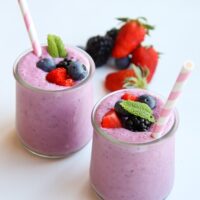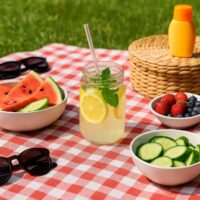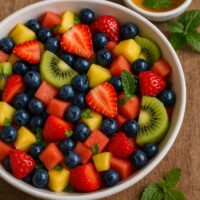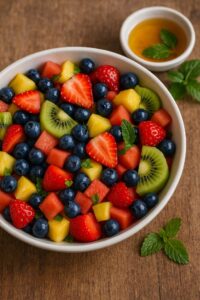Can Bananas Ruin Your Berry Smoothie?
This past week I received an email with this question:
“I recently read an article about bananas reducing the nutrition of the berries in a smoothie. Why is this?”
This was news to me. I sometimes put berries in my protein smoothie along with some banana. They all seem to get along just fine—and I enjoy the taste. 
Here’s the scoop. A small study was done to see what effect the banana, which contains high levels of an enzyme known as polyphenol oxidase or PPO (which causes fruit to turn brown when exposed to oxygen), had on natural flavanols (natural healthy compounds), found in high amounts in berries.
The “small study” was conducted with 8 or 9? (depending on which source I read) healthy males between the ages of 25 and 60. What researchers discovered was that the high PPO content of the banana destroyed the flavanols in the berries.
Flavanol foods include black and green teas, apples, red and black grapes, strawberries, blueberries, blackberries, and cocoa. Flavanols help reduce the risk of diabetes, cardiac diseases, hypertension, and offer a multitude of other health benefits. Flavanols are a good thing.
The bottom line is this. You can still have banana and berries in your smoothie, but you may experience a smaller amount of flavanol absorption. You’ll still get fiber and other nutrients from the berries.
Another option: when you add banana to your smoothie, add a nut butter, or other high PPO fruit like papaya, avocado or pear, instead of berries. If you would like to have a berry smoothie, add low PPO fruits like mango, pineapple, oranges, or Greek yogurt.
Please do not stress about this. The important thing is to enjoy a variety of fruits and vegetables to help maintain your best health.
Cheers!
Happy Independence Day! 
As we celebrate Independence Day, let’s take a moment to reflect on the values of freedom and unity that define our nation. Whether you’re enjoying a festive barbecue, watching fireworks, or spending time with loved ones, I hope you find joy and inspiration in this special day.
Much love,
Health Coach Carol
“All great change in America begins at the dinner table.” — Ronald Reagan







